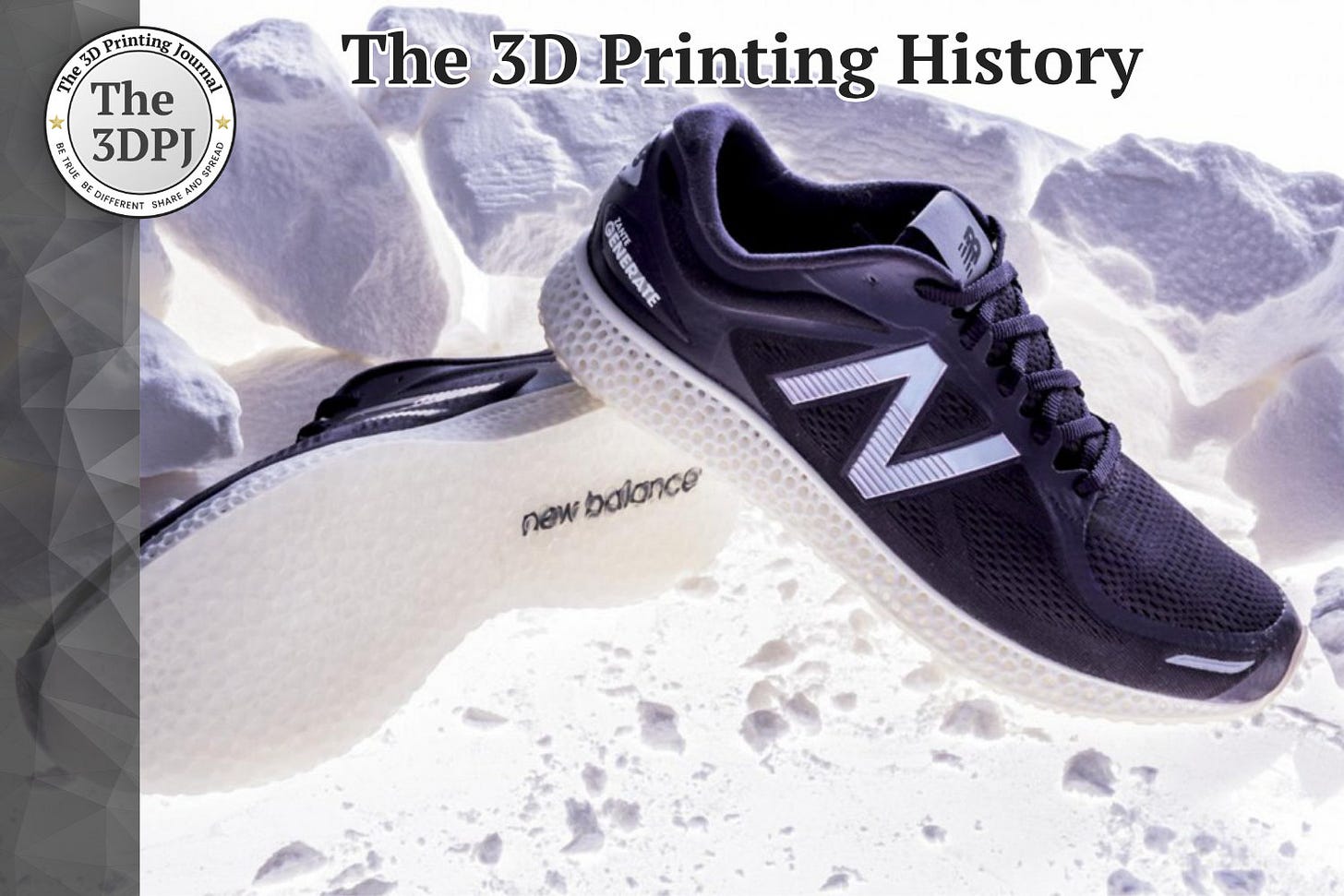04-11-2016: New Balance introduced the Zante Generate
It was the world’s first running shoe with a full-length 3D printed midsole
On April 11, 2016, New Balance released the Zante Generate – the first running shoes in the world with a full-length midsole produced using 3D printing technology. The project was developed in collaboration with 3D Systems, and the midsoles were manufactured using SLS (Selective Laser Sintering) technology. The shoes were first unveiled to the public in January 2016 at CES in Las Vegas, but the official release didn’t take place until April.
New Balance opted for an extremely limited production run – only 44 pairs were made, a symbolic reference to the 44th anniversary of current owner Jim Davis purchasing the company in 1972. The shoes were available exclusively through New Balance’s website and at the New Balance Experience Store in Boston, priced at $400 per pair.
The midsoles in the Zante Generate were made using SLS technology with DuraForm TPU Elastomer material developed by 3D Systems. The sole featured hundreds of small, open cells designed to provide optimal cushioning, flexibility, strength, and lightness – characteristics that would be impossible to achieve using traditional manufacturing methods. The upper part of the shoe was taken from the Fresh Foam Zante v2 model and made from conventional materials, such as engineered mesh, offering soft and flexible support for the foot.
The shoes did not achieve any significant commercial success. New Balance treated the Zante Generate purely as a proof of concept, meant to demonstrate that 3D printed materials could match traditional ones in terms of durability and functionality. It was never intended to be a widely commercialized product.
The Futurecraft 4D shoes, introduced a year later through a collaboration between Adidas and Carbon, made a much bigger impact, primarily due to their larger production scale (thousands of pairs) and the use of advanced materials and technology. Carbon’s special resins, combined with their ultra-fast production process, made the soles more cost-effective to produce compared to the SLS method.
Nevertheless, the New Balance shoes remain pioneering and, from a historical perspective, hold the distinction of being the first.
Source: www.newbalance.newsmarket.com





